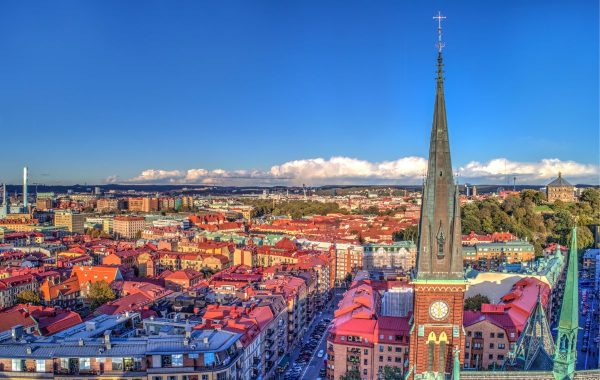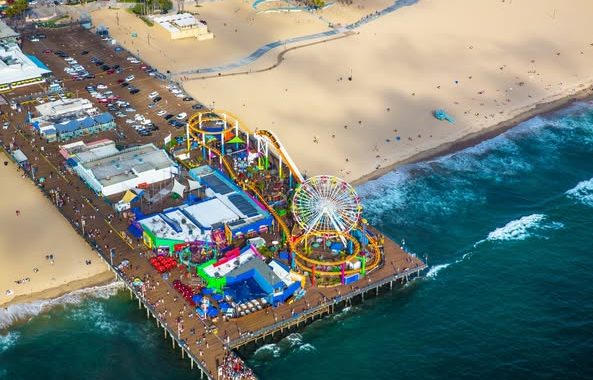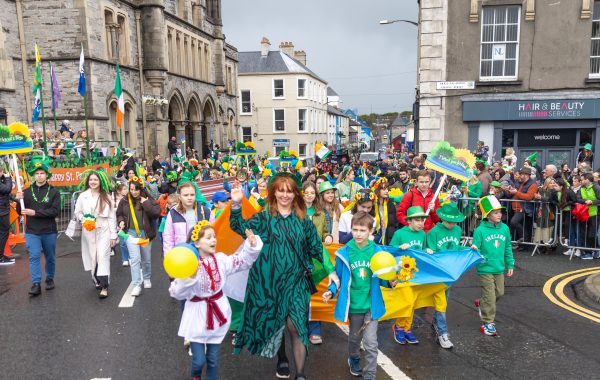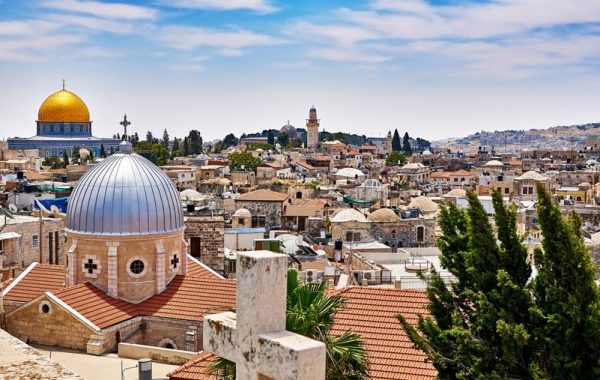Copenhagen exemplifies a city where sustainability, community, and well-being are integrated into every aspect of life. Its diverse neighborhoods, scenic parks, and innovative cuisine showcase a culture that values balance and joy. For visitors, Copenhagen provides an inspiring glimpse into a lifestyle that celebrates simple pleasures, making it a memorable and impactful destination.
A City Embracing Life and Nature
In late August, Copenhagen’s iconic harbor glows under the sun, a place alive with joy and community. Nyhavn, with its vibrant, crayon-colored buildings, is packed with people savoring the moment—picnickers, boaters, and friends share laughter and drinks along the canal steps. Unlike many capitals, Copenhagen thrives on a shorter workweek, where people often end their day by 4:30 p.m. Denmark’s high rankings on global happiness indexes reflect the well-being, balance, and leisurely lifestyle that make Copenhagen unique.
The Heart of Hygge: Embracing Warmth and Community
As the sun dips lower, Copenhagen’s essence comes alive in simple, shared moments. Hygge, a uniquely Danish concept embodying warmth, comfort, and community, permeates every corner of the city. From cozy gatherings in small cafes to family picnics in open-air spaces, hygge weaves through everyday life. For locals, hygge might mean unwinding with games or sharing a meal with friends. In Copenhagen, hygge is a fundamental part of life, creating a sense of belonging and peace.
Green Living by Design
Copenhagen’s dedication to green living is visible in every aspect of the city. The city’s waterfront, remarkably clean, is a place where residents swim regularly, with popular spots like Islands Brygge drawing people of all ages. Solar-powered boats and recycled plastic structures glide alongside traditional wooden vessels, illustrating Copenhagen’s commitment to sustainability. Here, contemporary buildings coexist seamlessly with historic landmarks, and design focuses on community and environmental harmony, exemplified by pedestrian bridges and abundant cycling paths.
Celebrating Cultural Heritage in Every Corner
From quaint cafes to impromptu concerts under canal bridges, Copenhagen is a city steeped in cultural pride. The iconic Nyhavn waterfront, with its colorful facades and beer gardens, is the perfect backdrop for soaking up Danish culture. Across the city, classic architecture blends with modern innovation—the Royal Library’s sleek Black Diamond extension stands alongside the dragon-tailed spire of the historic Stock Exchange, symbolizing a harmonious fusion of old and new. These landmarks showcase Copenhagen’s dedication to design excellence and cultural heritage.
A Culinary Journey in the New Nordic Scene
Copenhagen’s New Nordic cuisine movement has transformed the city into a paradise for food lovers. Known for its seasonal, locally sourced ingredients, the cuisine at trendy spots like Tèrra exemplifies a commitment to sustainability. Chefs carry this philosophy forward, creating dishes that celebrate Denmark’s natural bounty. From farmer’s markets offering artisanal cheeses to street food vendors, Copenhagen’s culinary scene is rich with local flavor, making it a must-visit for food enthusiasts.
Diversity and Innovation in Urban Spaces
Copenhagen’s neighborhoods showcase a blend of creativity and inclusivity. Superkilen, a vibrant urban park in Nørrebro, reflects this ethos, featuring elements from over 60 countries. Originally developed as a response to community tensions, Superkilen is now a multicultural space that fosters unity and pride. Visitors encounter everything from a Moroccan fountain to a Thai boxing ring, creating an urban mosaic that represents Denmark’s multicultural identity and the city’s commitment to harmony and creativity.
The Spirit of Copenhagen’s Creative Revival
What was once an industrial area, Paper Island, has been transformed into a dynamic hub of creativity. This pop-up haven houses galleries, food trucks, and studios, where both locals and tourists savor the iconic Danish smørrebrød while taking in waterfront views. Nearby, the Royal Danish Playhouse and the Opera House contrast with the pop-up spaces, embodying Copenhagen’s ongoing urban revival. The energy and creativity radiating from Paper Island reflect a city in transformation, open to new ideas and innovation.
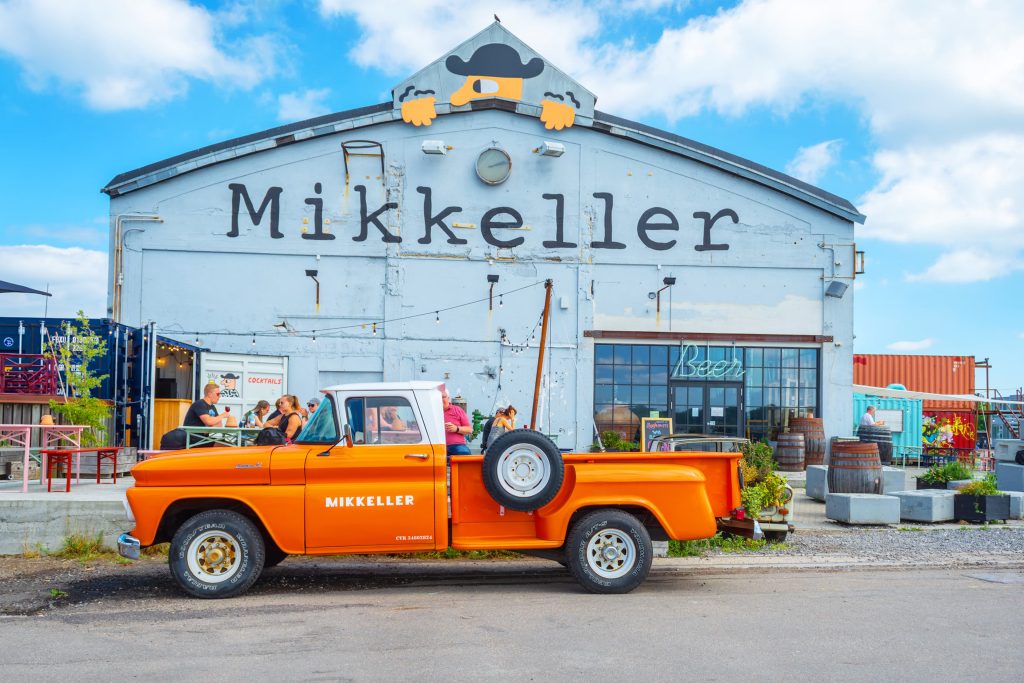
Community Well-Being and the Danish Welfare State
A significant source of happiness in Copenhagen is its robust welfare system, which provides universal healthcare, free education, and strong social support. This system creates a stable, secure environment for residents, enabling them to live comfortably and pursue their passions. Everyday practices, like leaving babies in prams outdoors for fresh air, exemplify Denmark’s trust in its safe and tight-knit communities. Through welfare policies, Denmark cultivates an environment where well-being and social contentment are central.
Christiania: An Alternative Vision of Community Life
Christiania, a semi-autonomous neighborhood founded in 1971, represents Copenhagen’s bohemian spirit. Initially a commune established by artists and squatters, Christiania now operates as a self-governed, eco-friendly community with communal decision-making and vibrant murals. Known as the “free town,” it stands as a testament to Copenhagen’s commitment to personal freedom and environmental consciousness. Solar energy initiatives, communal gardens, and colorful public art create a welcoming and imaginative environment where both locals and travelers can experience alternative living.
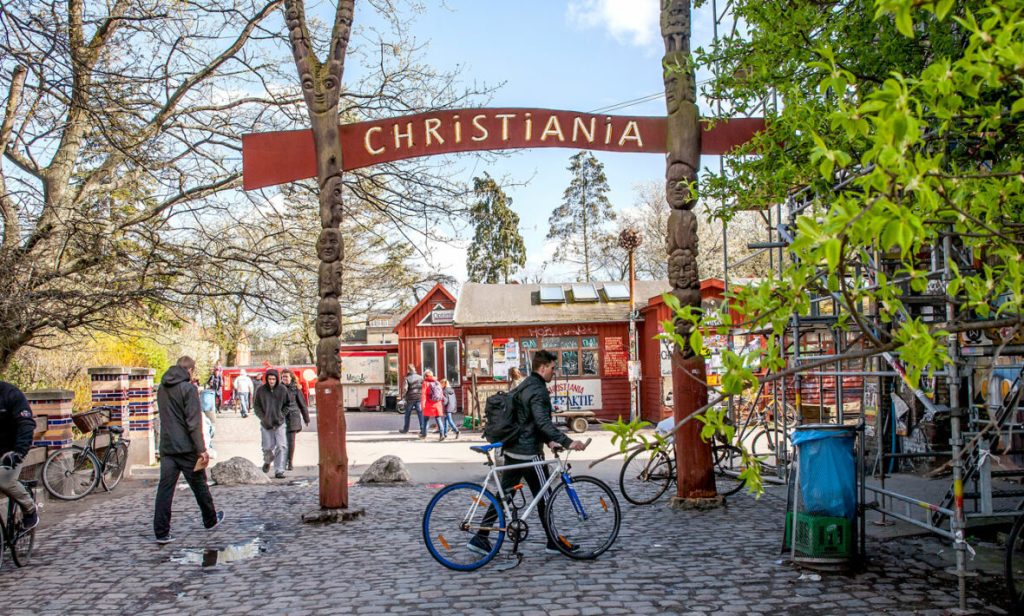
Nightscapes: The Essence of Danish Joy
As nighttime settles over Copenhagen, the city’s warmth and friendliness become even more vivid. Late-night laughter, music, and the sight of people dancing in the streets bring Copenhagen’s spirit to life. With every interaction, the joy of the Danish lifestyle shines through, reminding visitors of Copenhagen’s values—community, happiness, and spontaneity. This sense of openness and celebration infuses the city with a charm that makes leaving Copenhagen a bittersweet farewell.
Practical Guide to Copenhagen
Getting Around
Copenhagen’s compact size makes it ideal for exploration on foot, by bike, or via public transport. The Copenhagen Card provides free access to attractions, public transportation, and discounts on shopping and dining, making it a great option for visitors.
Visa Requirements
Visitors from India need a Schengen visa, which allows a 90-day stay for about €60. Applicants are encouraged to apply at least 15 days before their planned trip to ensure a smooth application process.
Where to Stay
Copenhagen offers diverse accommodations, from historic boutique hotels to eco-friendly hostels. For a unique stay, visitors can book a houseboat Airbnb, blending comfort with waterfront views.
Local Tips
Basic Danish phrases like “tak” (thank you) and “skål!” (cheers) help visitors connect with locals. Summer is an ideal season to visit, with events like the Copenhagen Jazz Festival and a vibrant nightlife.
Biking Culture
Known for its bike-friendly streets, Copenhagen offers rental options like Bycyklen, with bikes that can be picked up and dropped off at various locations. Biking is a popular way to explore the city’s parks and lively neighborhoods.
For latest travel news and updates, food and drink journeys, restaurant features, and more, like us on Facebook or follow us on Instagram. Read more on Travel and Food Network
Book Your Travel Packages
14 Day Scandinavian Tour of Denmark, Norway and Sweden
10 Day Europe Tour of Germany, Czech Republic, Hungary and Austria





